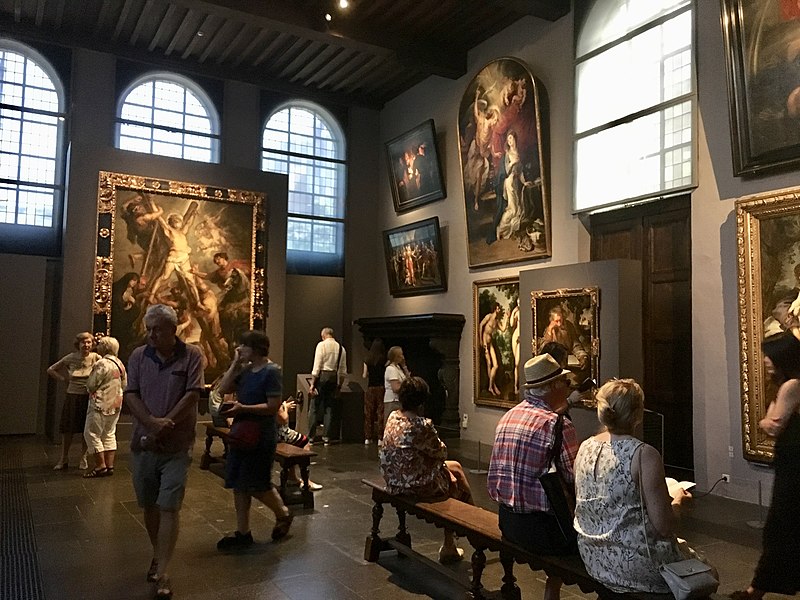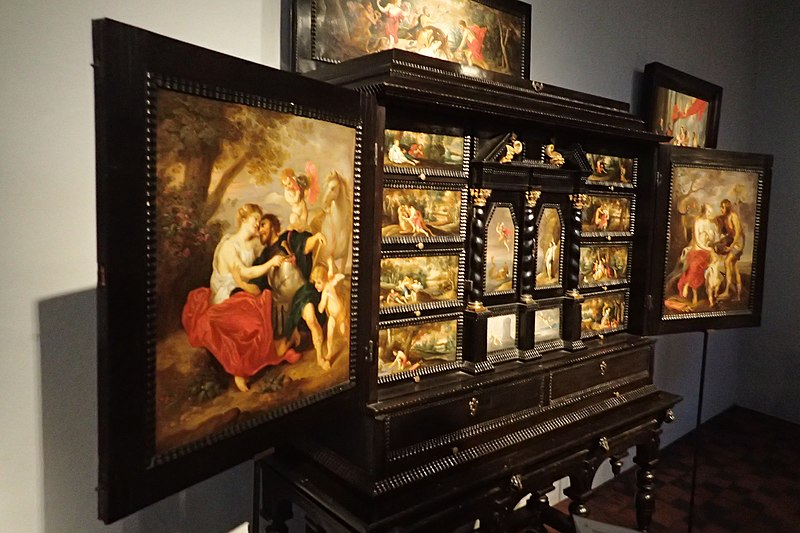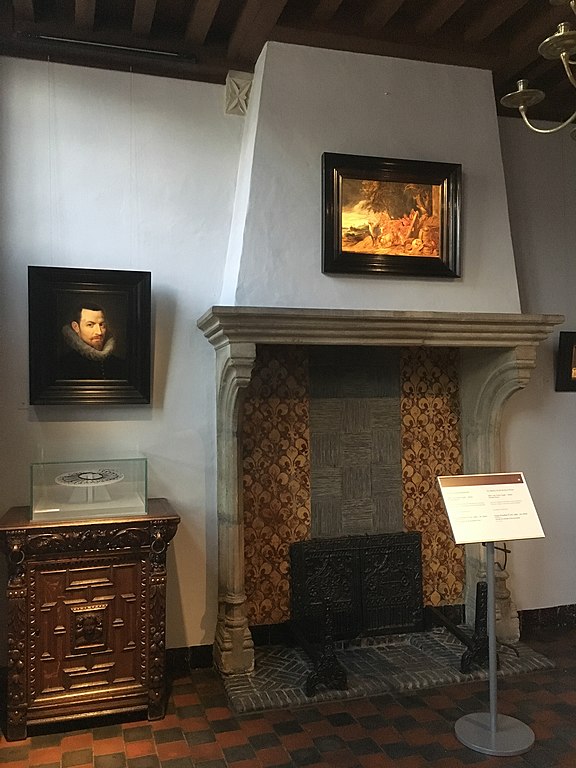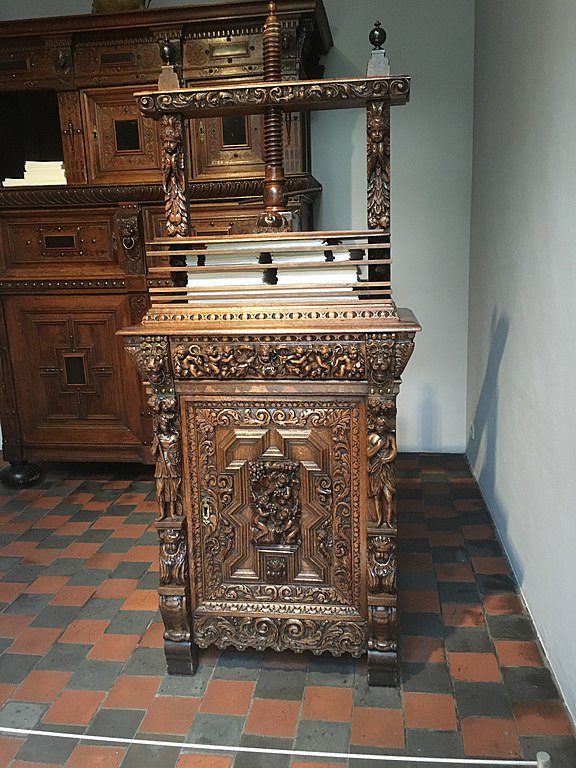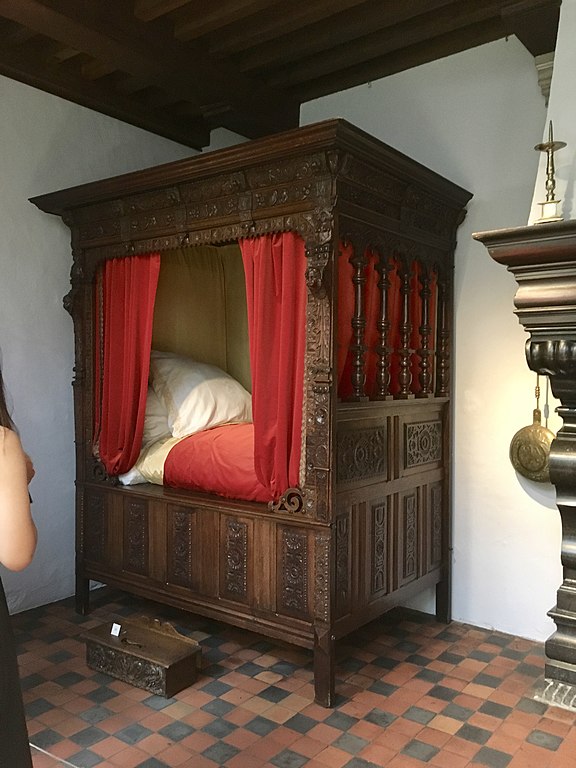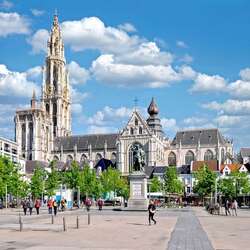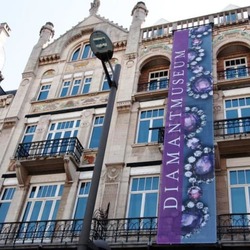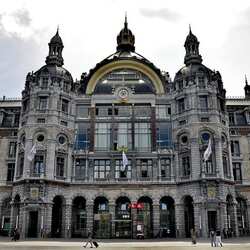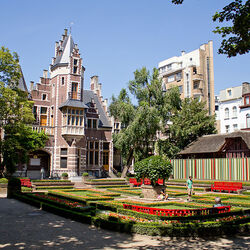Rubens House
The Rubens House Museum, also known as the author's workshop and a place to meet friends. It is difficult to overestimate the contribution of this great master to painting and culture all over the world. Visits to his Rubens house museum will be interesting not only for connoisseurs and admirers of his talent, but also for almost everyone who loves beauty and harmony.
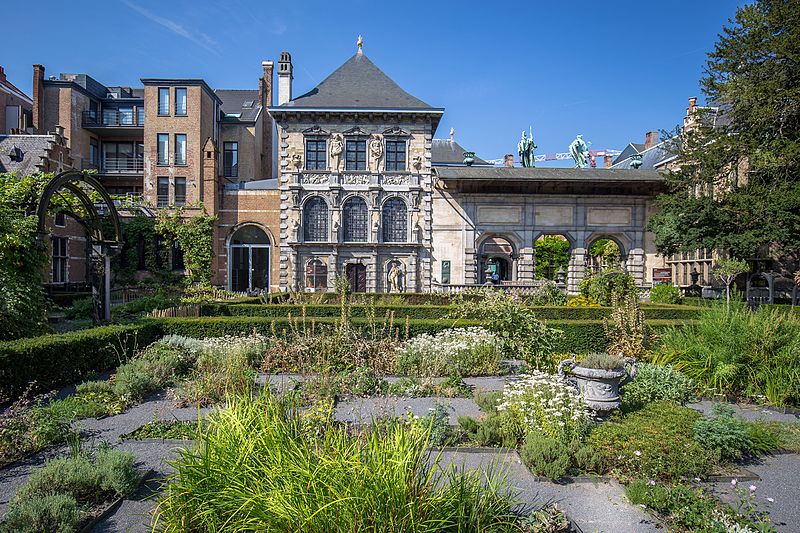
Rubens bought the house and a plot of land next to it in 1610. By that time, he had already been married to his first wife, Isabella, for 2 years. It was decided to rebuild and expand the house, but some parts of it have remained unchanged since that time.
It is best to start the tour with a small courtyard, which the master created inspired by Italy. There are graceful arches and stone-paved paths, as well as sculptures that he made himself. The courtyard is connected to a small cozy garden.
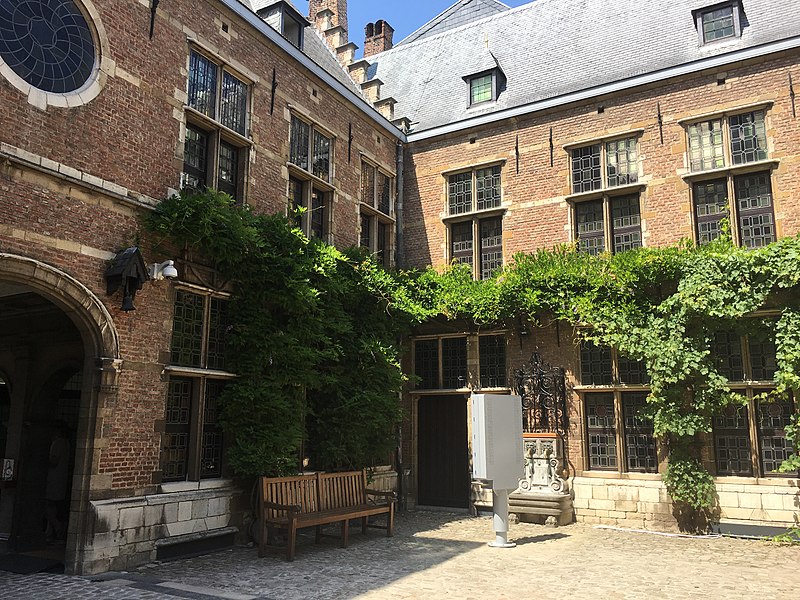
Next, the guests enter the living room of the museum house, right at the entrance there are two engravings, it was from them that the restaurateurs started working on the restoration of the house. Behind the living room there is a dining room, its walls are decorated with paintings by Rubens, portraits and still lifes predominate among them. There is a portrait of the genius's second wife, Elena. He married for the second time when he was 52 years old, his first wife died of an illness at a young age, and his second wife was just as young. Elena became a real muse for her husband, her features are discernible in the female images of many of his works.
The next room is a gallery, where, in addition to paintings, there are other art objects, such as statues. Talented authors worked with him in the artist's studio, whose works are located right there. There is a special place next to the art gallery — the pantheon, where sculptures prevail, but there are other objects that deserve the attention of the public. The Pantheon is also the work of Rubens, he built this room himself and was engaged in its arrangement.
The main room in the house is the artist's studio, with the master always busy here, active work was carried out, most often on several paintings at once. Rubens was in charge of everything, keeping in mind all the little things, details and features of each project. The disciples obeyed his word without question.
Museum
After Rubens' death, his house was sold and he changed hands quite often, along with them parts of the furniture, paintings and furniture were lost. At the beginning of the 20th century, the city administration acquired the house in order to organize a museum. A lot of work has been done for this. The interior was recreated based on ancient engravings. Furniture and household items were selected based on the time when the master lived in the house.
The museum was opened in 1946, unfortunately, most of the collection made by Rubens is almost always exhibited in the most famous galleries in the world, but it does not happen in his house, but there is something to see even without that.
